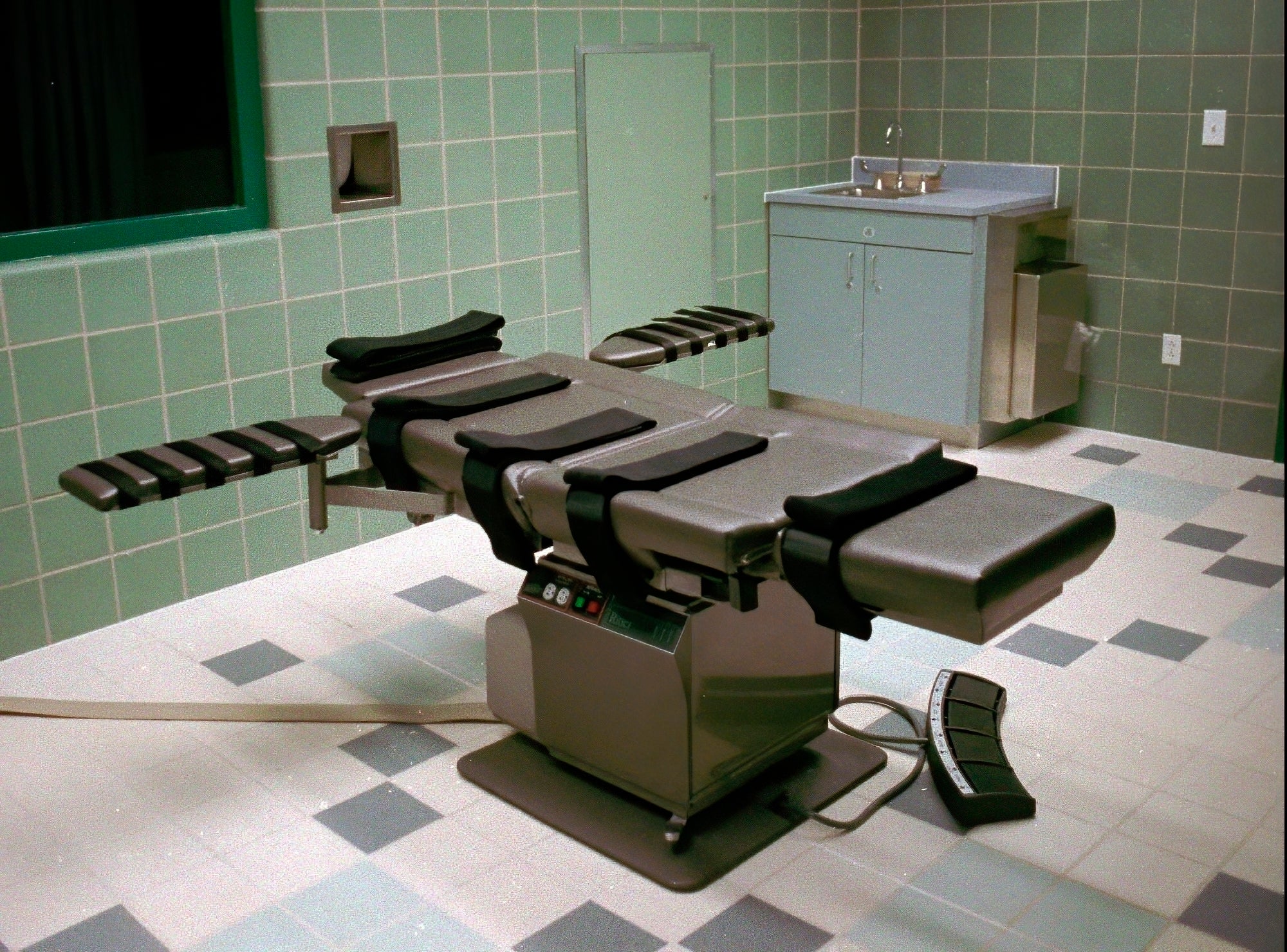This Supreme Court means executions will continue — and they will be a gruesome affair
For those who want to see the end of the death penalty, there have been some troubling developments in 2021


Fifty years ago, the US Supreme Court in Furman v. Georgia held that the death penalty as applied was “cruel and unusual” and therefore in violation of the Eighth Amendment to the Constitution. The Court plurality found it inconsistent with “the evolving standards of decency that mark the progress of a maturing society.”
The decision itself was a one-page per curiam decision with a series of plurality opinions. Justice Douglas highlighted a long and shameful history of racial disparity in executions. Justice Stewart wrote that the death sentences were so arbitrary and random that they were “cruel and unusual in the same way that being struck by lightning is cruel and unusual.” Justices Brennan and Marshall found the death penalty unconstitutional in all circumstances, citing the risk of mistaken execution of innocent people. For four years, no one was executed; in our bicentennial year, the Supreme Court reinstated the death penalty with certain new procedural requirements.
The results of a half century of executions illustrate the prescience of the Furman Court. Attitudes toward capital punishment have evolved in the United States, but there remain pockets of reaction, especially in the current Supreme Court. Racism, randomness and incompetence continue to abound, making a mockery of the moral authority of the State to take a life.
Since 1976 when the death penalty was reinstated, 1,540 people have been executed — 80 percent in the death belt of the South, and nearly a third in Texas alone. Of those killed, 34.1 percent have been Black, nearly three times the percentage of Black people in the US population. On American death rows today, 43.1 percent of defendants are Black. Fourteen times as many Black defendants have been executed for killing a white victim as white defendants for killing a Black victim.
Since 1973, at least 186 people on death row were found to have been wrongly convicted and exonerated — one for every 8.3 executions. At least 20 people have been executed despite strong factual claims of innocence. Eleven accomplices who did not commit the homicide have been executed; in some of those cases, the killer pled and avoided execution. Forty-three percent of those executed between 200 and 2015 had been diagnosed with mental illness.
As 2021 ends, the standards of decency of American society with respect to the death penalty are simultaneously evolving and devolving. In 2021, only 18 death sentences were imposed and only 11 people executed, both lows since the reinstatement of the death penalty and way below the 279 sentences and 98 executions in 1999. Yet six of the 11 executions this year were of Black defendants. Ten of the 11 had significant impairments, including demonstrable mental illness, brain injury, intellectual disability or chronic serious childhood trauma and abuse.
Virginia, which historically had executed more people than any other state, became the first Southern state to abolish the death penalty, although the Legislature and Governor’s mansion could make that a short-lived milestone. Large swathes of the country have abolished the death penalty and many of those with the death penalty have declared or imposed de facto moratoriums.For the seventh year in a row, no state west of Texas conducted an execution although, ironically, California has by far the largest death row.
Only three states — Alabama, Oklahoma and Texas — have accounted for a majority of both death sentences and executions since 1976. In 2021, Texas and the departing Trump administration performed three executions each, while Oklahoma had two, and Missouri and Mississippi one each. Oklahoma badly botched yet another execution, with a victim of the supposedly humane lethal injection writhing and vomiting on the gurney.
President Biden ran on an anti-death penalty platform, but while the Department of Justice has halted all federal executions pending a review, it is proceeding with litigation to execute the Charleston Church shooter and to obtain a death sentence against the Boston Marathon bomber, as well as continuing to seek the death penalty against six Guantanamo detainees. President Biden could simply commute all federal death sentences to life imprisonment; he has not.
The most troubling development on the horizon, however, is a highly polarized Supreme Court, where six members have shown themselves not only indifferent to substantial legal claims under relevant precedent, but affirmatively impatient with such claims by death row defendants. In case after case, the Supreme Court has declined certiorari and overruled stays issued by lower courts, often without opinion and within a few hours of governments appealing the granting of a stay. Strong claims of innocence, severe brain injury or disease, racial bias, or utter incompetence of counsel are all tossed out without hearing or even perfunctory statements of reasons, over the anguished dissents of the three liberals left on the court.
Hostility to arguments by capital defendants the Supreme Court are likely to continue for many years ahead. The Supreme Court does not need to revisit its earlier, less rigid jurisprudence; it can simply use the power not to hear any appeals or to dissolve stays issued by lower courts, to assure that executions will proceed — on time and without hearing.
It’s become clear that this Supreme Court wants to push on with the conveyor belt of death and ignore these final pleas for justice and for life. Thus, even if there are fewer death sentences and fewer executions from fewer places, it is almost certain that those whose lives are taken by the state will be those with the least voice, the least power, the least able to have their dignity recognized. There may be fewer executions in coming years, but the lingering stench — as Justice Sotomayor said in the abortion context — of racism and discrimination against the mentally ill and the marginal will make those executions an ever more squalid spectacle.
Join our commenting forum
Join thought-provoking conversations, follow other Independent readers and see their replies
Comments
Bookmark popover
Removed from bookmarks